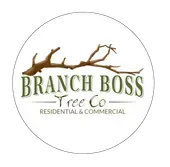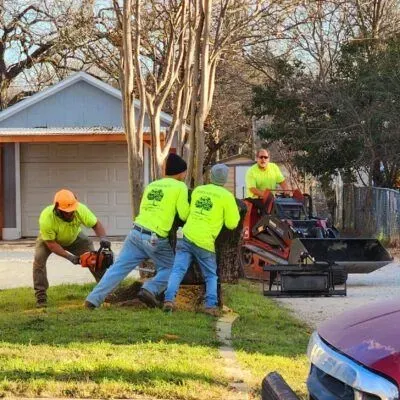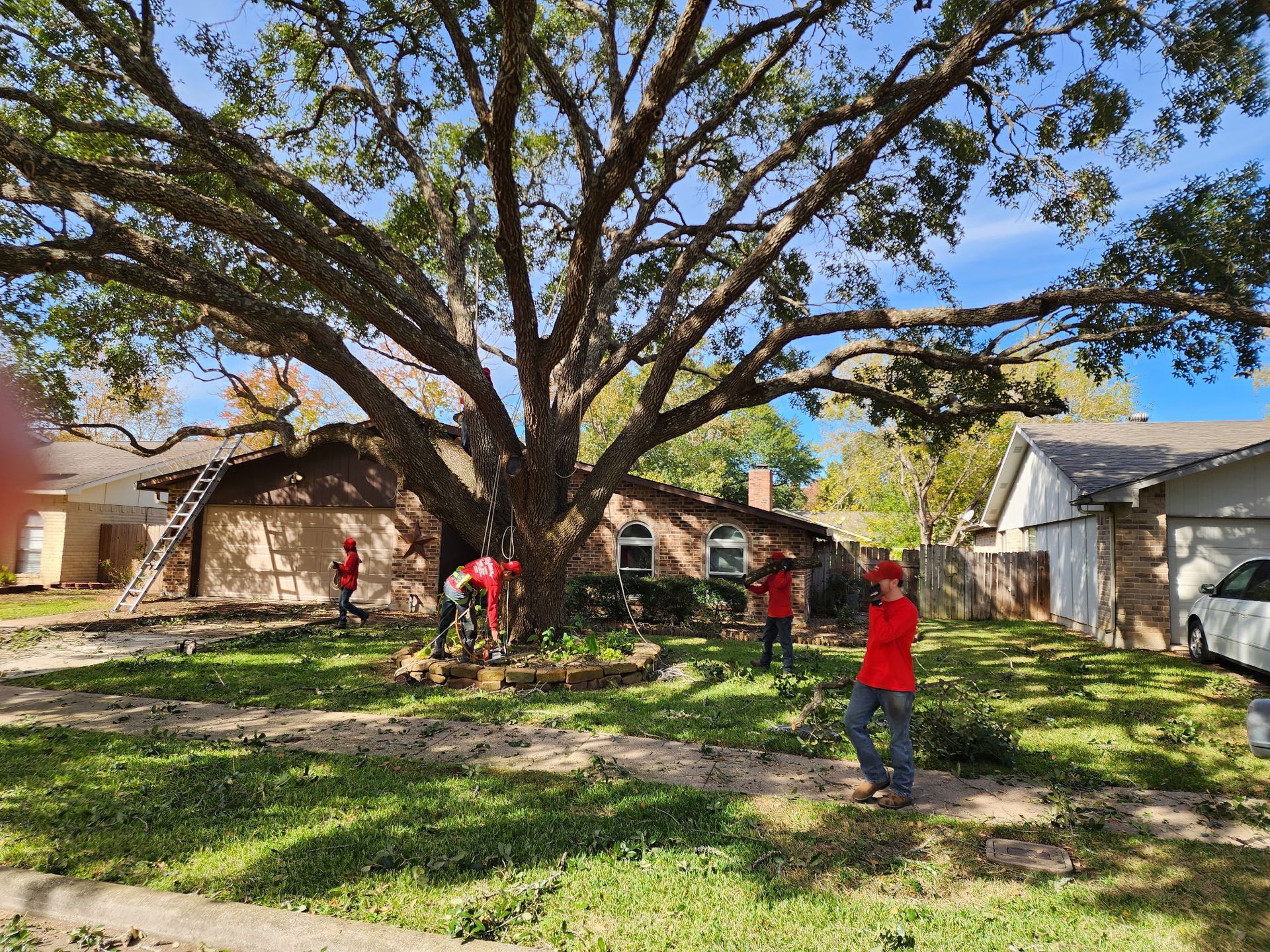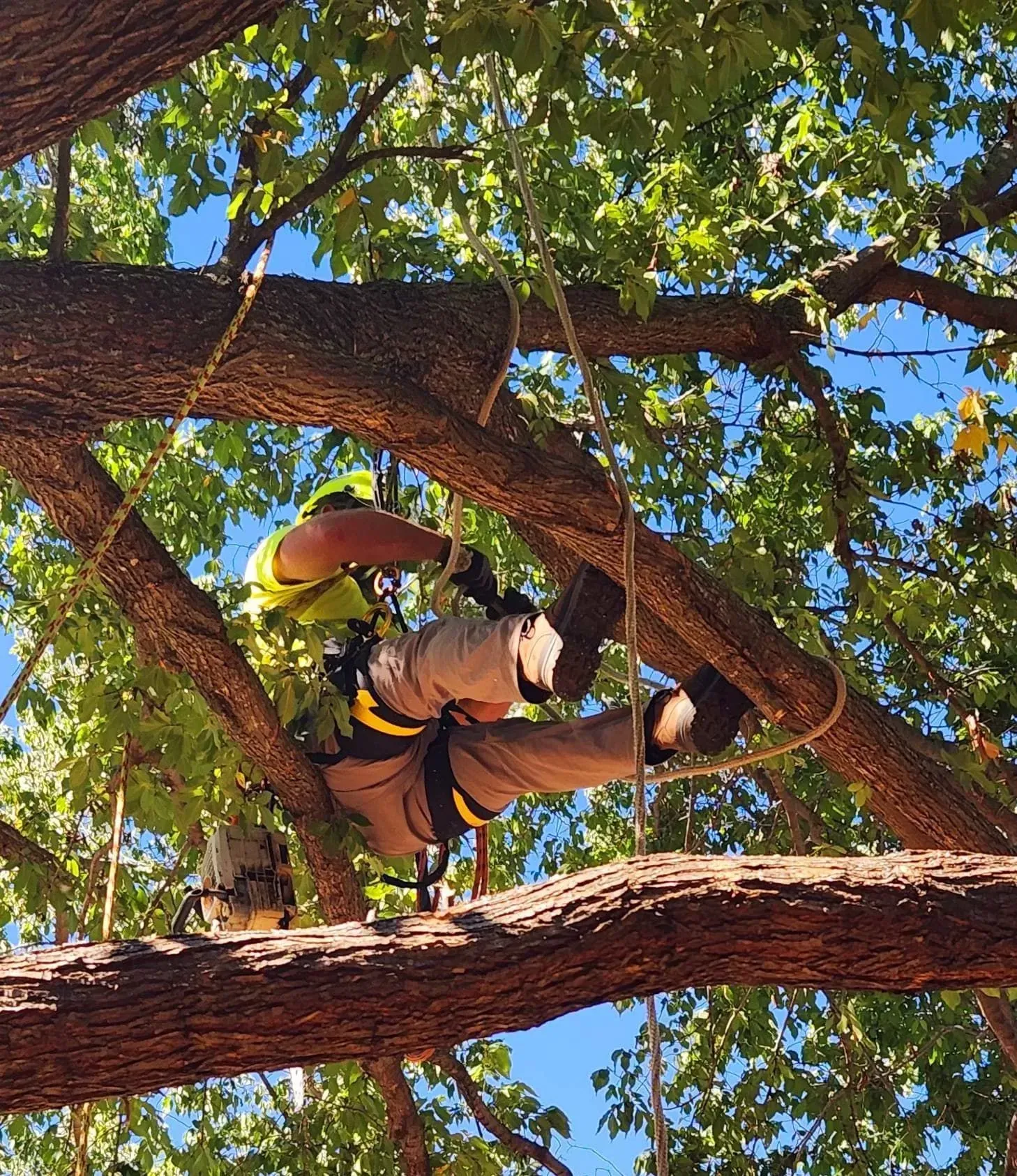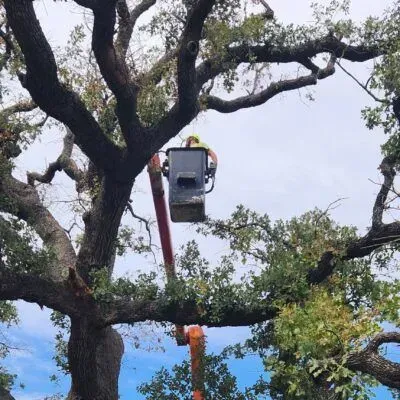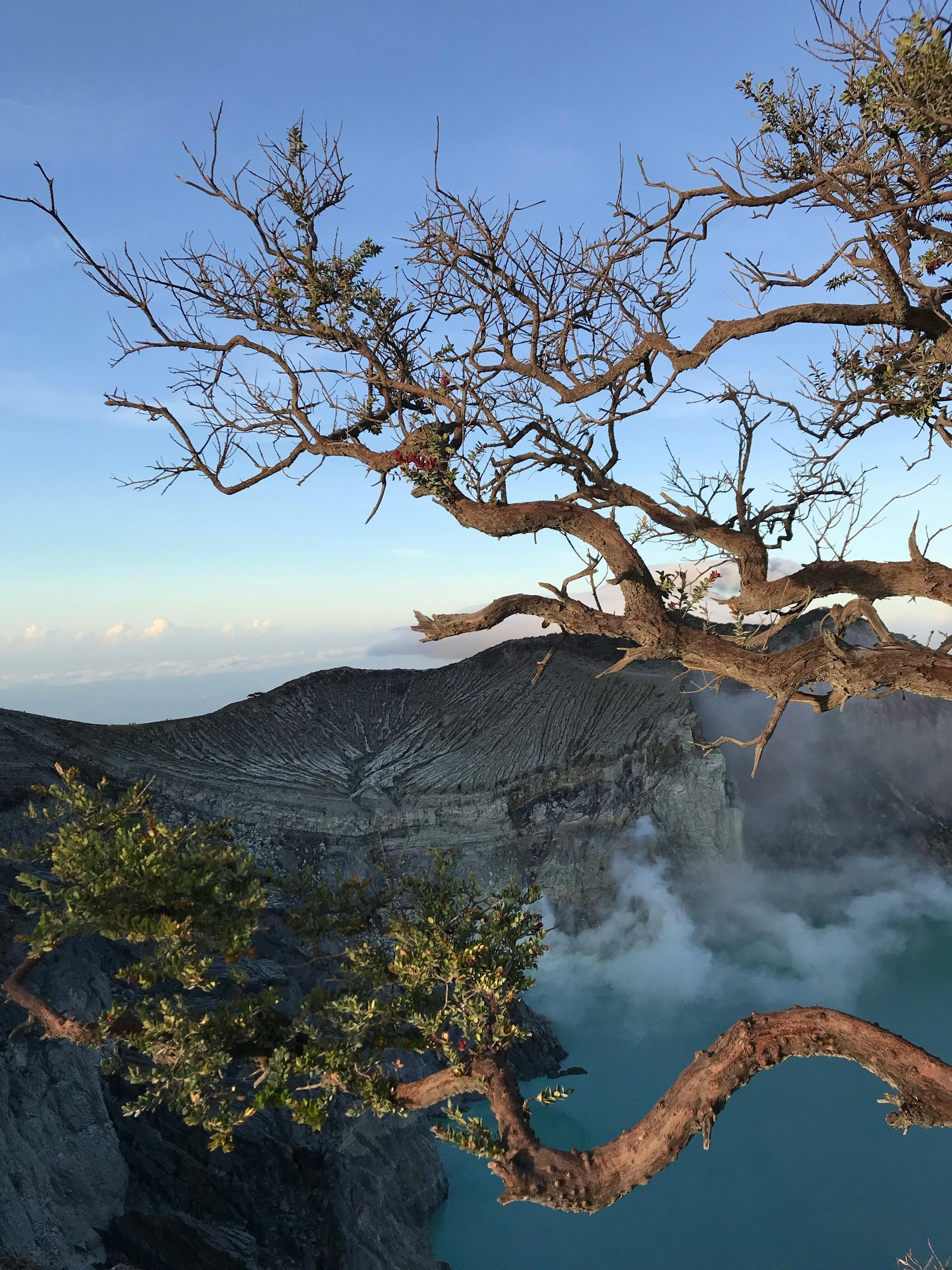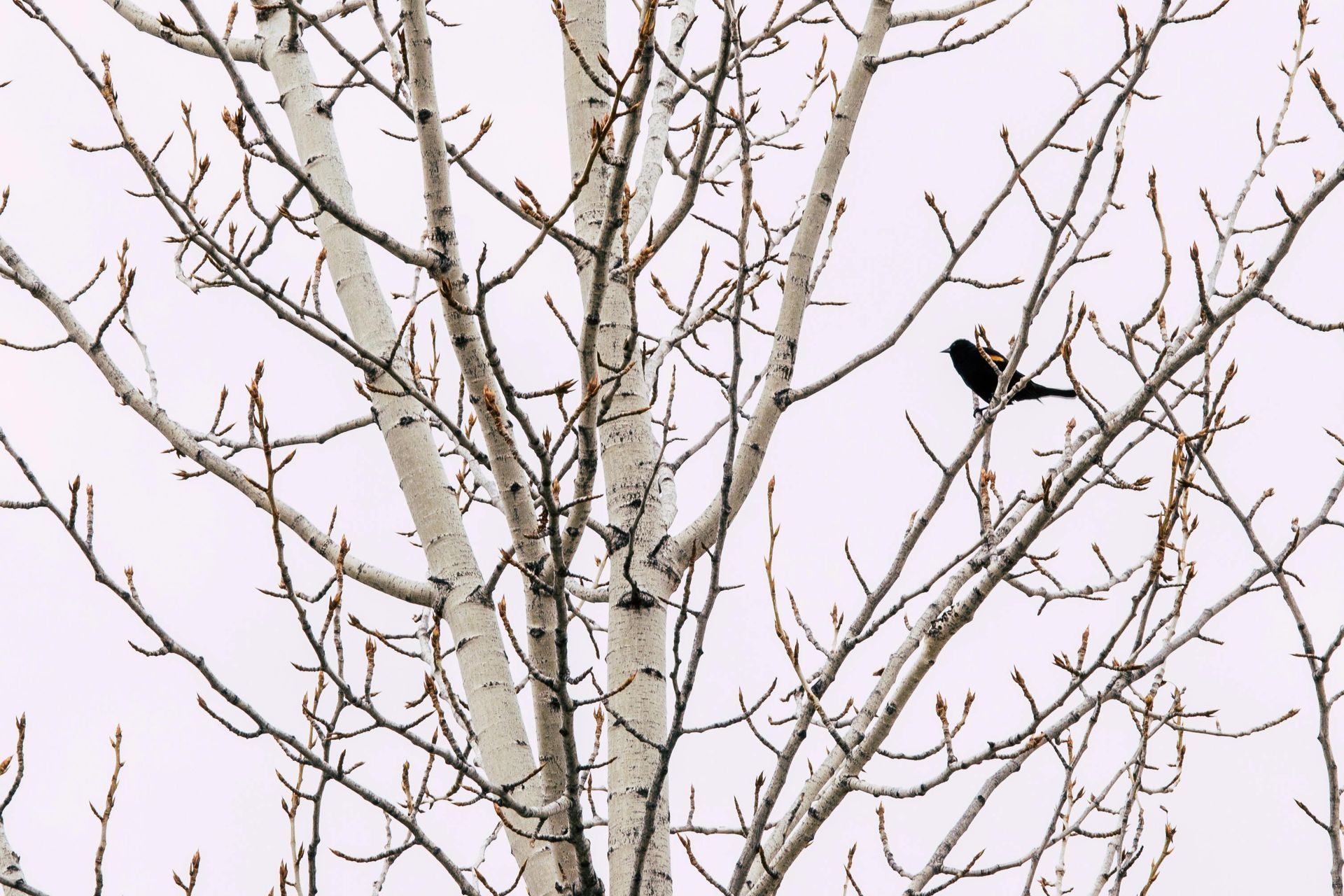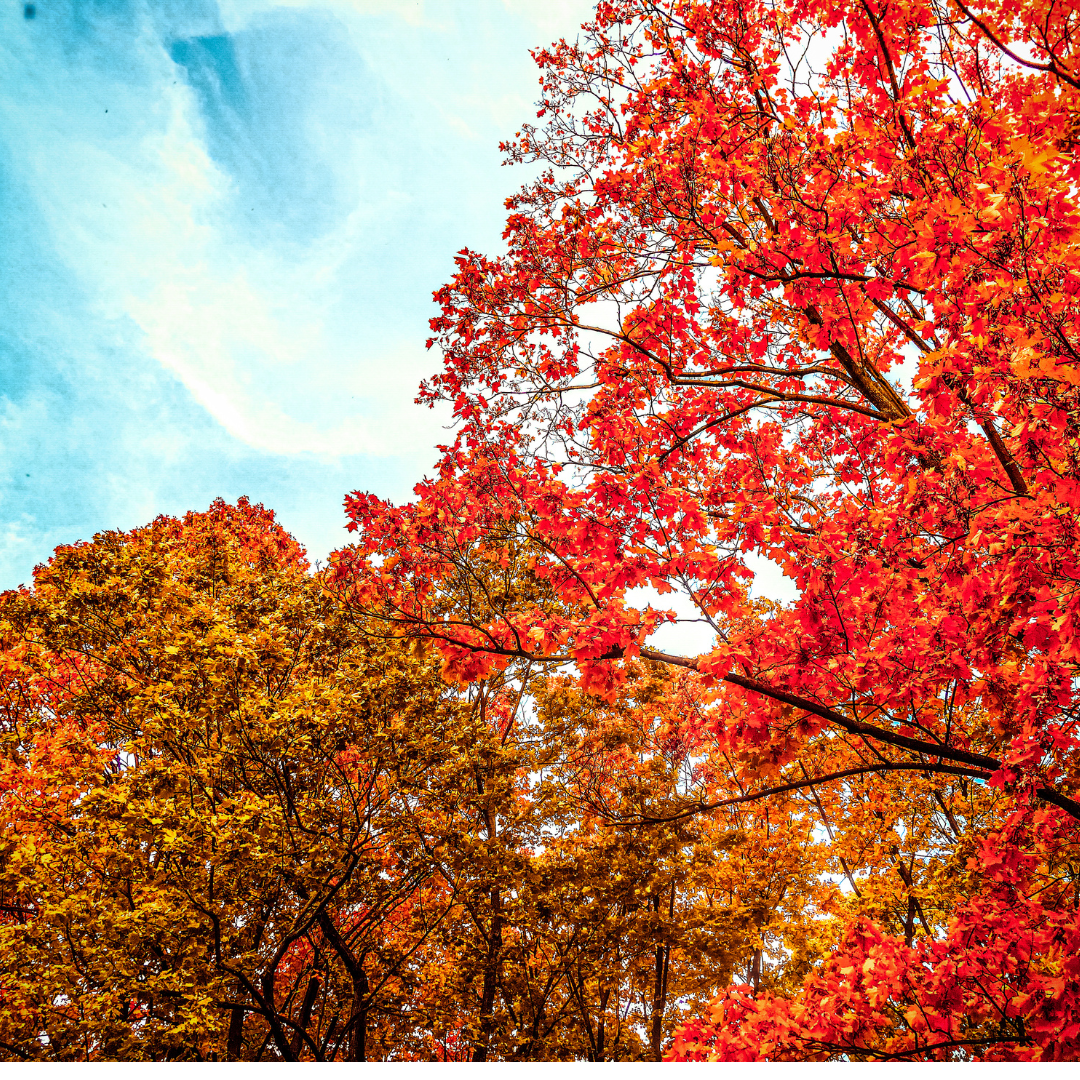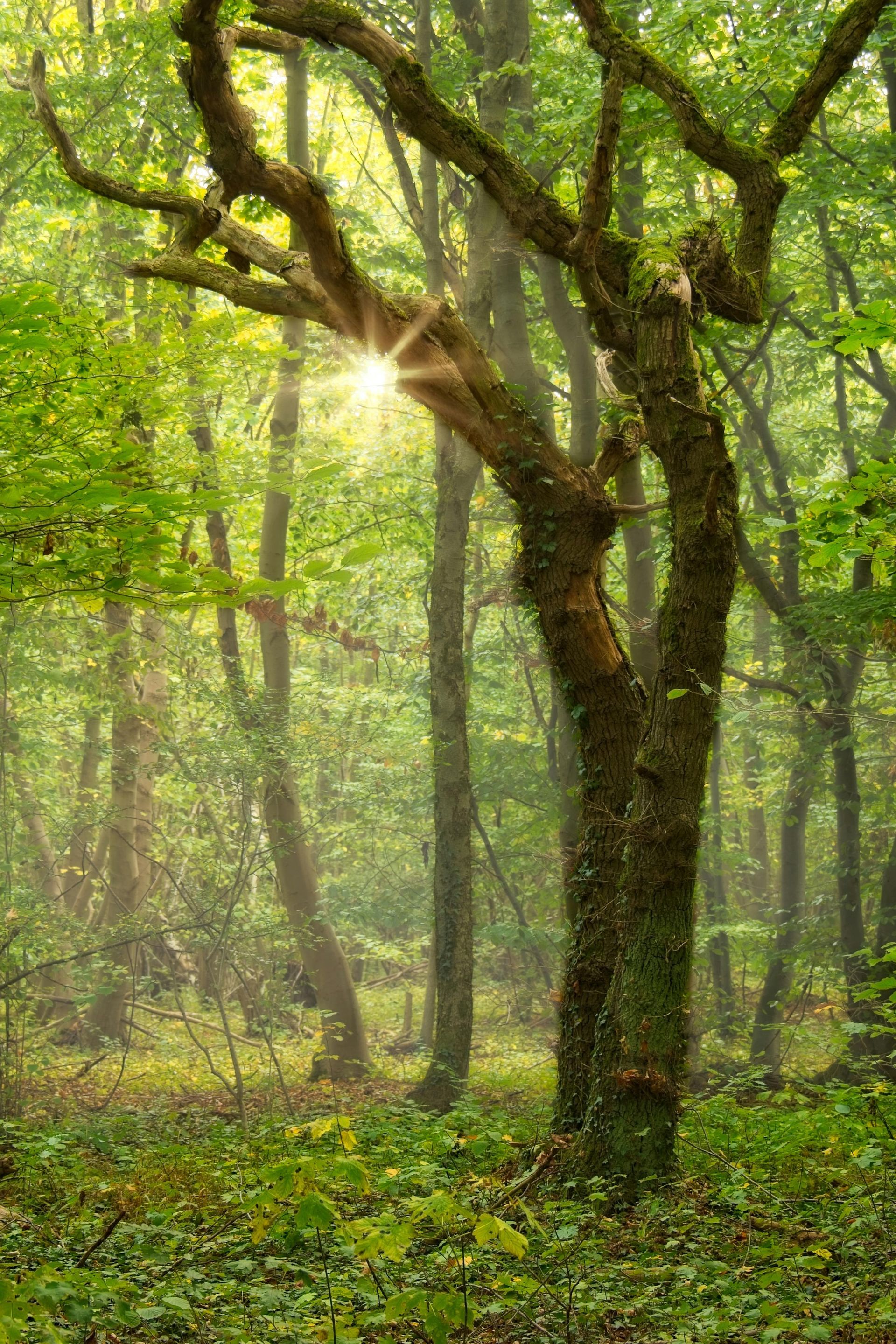What to Plant (or Not Plant) During a Texas Summer
By Branch Boss Tree Co. – Serving Cleburne and Johnson County
Texas Summers Are No Joke
In Cleburne and across Johnson County, Texas summers bring the heat — and then some. Triple-digit temperatures, long dry spells, and sudden drought conditions can be tough on even the hardiest landscapes. If you’re thinking about planting new trees, shrubs, or even refreshing your flower beds this summer, timing and plant selection are everything.
At Branch Boss Tree Co., we’re more than tree experts — we know what thrives in this climate and what often fails. Here’s our local guide on what to plant, what to avoid, and how to protect your landscape investment during peak summer months.
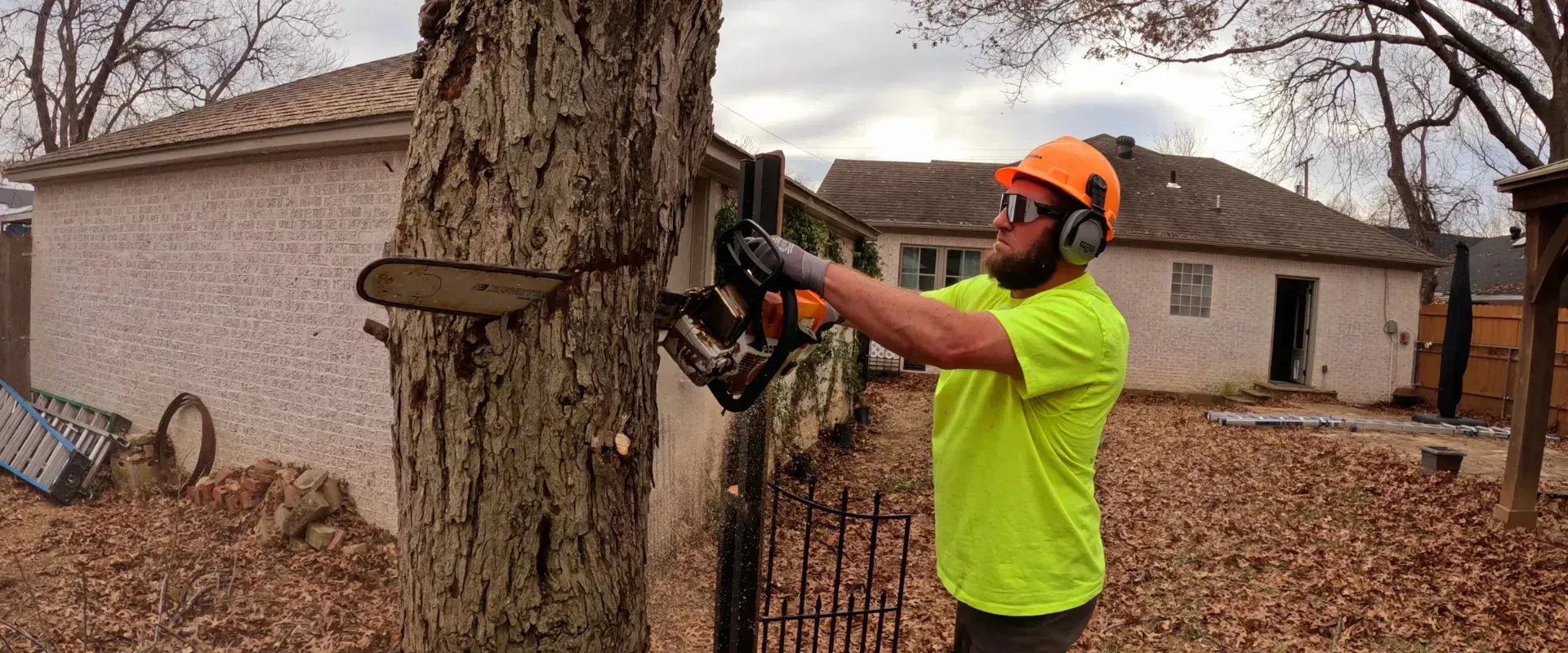
What to Plant During Texas Summer
While summer isn’t ideal for heavy planting, some native and drought-tolerant species can be successfully introduced with the right care and timing. Here are a few that do well in Cleburne’s summer heat:
Trees That Can Be Planted (with Care)
- Desert Willow – A beautiful, flowering tree that loves heat and doesn’t need much water.
- Texas Redbud – Can survive the heat with consistent watering during establishment.
- Vitex (Chaste Tree) – Heat-loving and attracts pollinators.
Pro tip: If you must plant a tree in summer, do so early in the morning, keep the root ball cool, and water deeply rather than frequently.
Shrubs & Perennials
- Salvia greggii (Autumn Sage) – Native and drought-tolerant, blooms all summer.
- Lantana – Colorful, hardy, and practically heat-proof.
- Texas Sage – A silvery-leafed stunner that thrives in full sun.
Ground Covers
- Horseherb – A Texas native that’s shade-tolerant and survives on little water.
Silver ponyfoot – Heat- and drought-tolerant with a soft, cascading look.
What Not to Plant in Summer
Even with extra care, some trees and plants simply won’t survive the stress of a Texas summer. Here’s what to hold off on until fall or spring:
Trees to Avoid Planting in Summer
- Live Oaks – These trees need cooler soil to establish roots effectively.
- Maples – Prone to leaf scorch and water stress in summer.
- Fruit Trees – Most fruit trees require specific planting windows and can suffer in extreme heat.
Cool-Season Grass or Shade-Loving Plants
- Fescue or Kentucky Bluegrass – Will struggle to establish in the heat.
- Hydrangeas – Gorgeous, but not tough enough for mid-summer planting.
Water-Wise Landscaping Tips
If you do choose to plant in summer, follow these guidelines to give your plants the best chance to thrive:
- Mulch generously to retain moisture and protect roots from extreme temps
- Water early in the morning to avoid evaporation loss
- Use drip irrigation or soaker hoses for deep root hydration
- Choose native or adapted plants that are already suited to Texas conditions
Why Tree Health Still Matters in Summer
Even if you’re not planting, summer is a critical time to assess the health of your existing trees. Our certified arborists can help with:
- Deep root watering services
- Tree pruning to reduce drought stress
- Removal of dead or struggling trees
- Soil health and hydration checks
📞Get ahead of summer tree trouble. Call Branch Boss Tree Co. today for a FREE summer tree inspection.
Texas summers are tough — but with the right planting plan, your landscape can still flourish. Whether you're enhancing your yard or making space for new trees, being selective and seasonally smart is the key to long-term success.
Call Branch Boss Tree Co. for a summer landscape consultation or tree health check.
We’ll help you make informed choices that thrive in our unique Cleburne climate.
Visit branchbosstreeco.com to schedule your service.
________________________________________________________________________________________________________
Proudly serving Cleburne, Burleson, Godley, Joshua, Keene, and all of Johnson County.
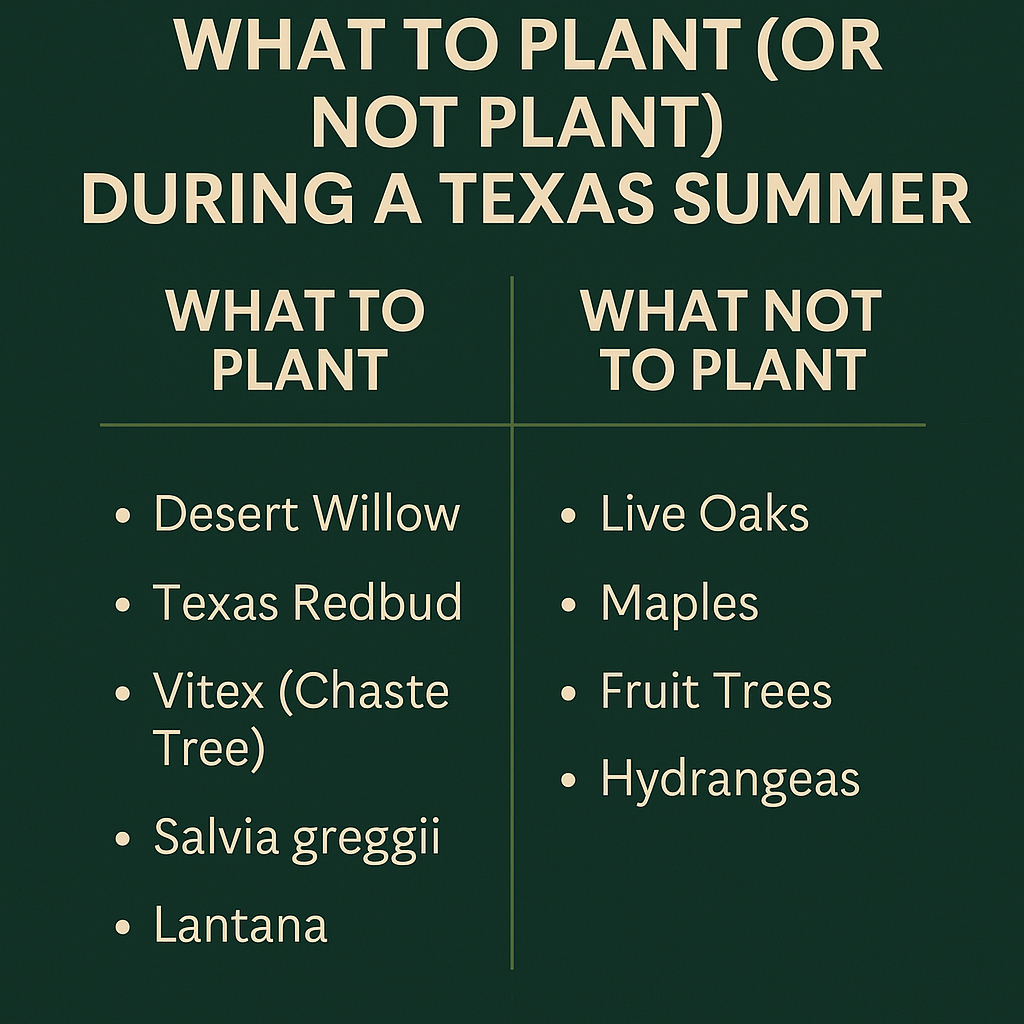
Don’t wait for the next storm to test your trees.
👉 Worried about a tree near your roof, driveway, or power lines?
Contact Branch Boss Tree Co. today to schedule your summer tree assessment and get expert trimming
that protects your property and peace of mind.
Call us today at
817-487-8448 to let us handle your tree and tree stump removal needs with professionalism and care.
